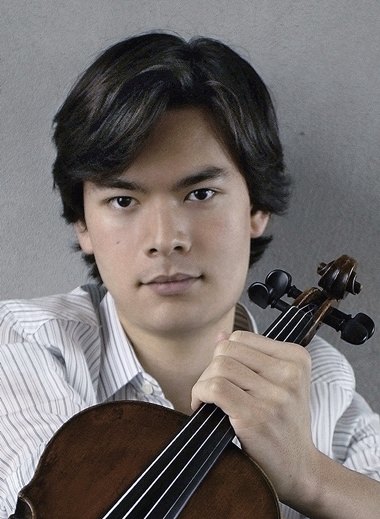You’ll probably recognise the title as that of a well-known patriotic song but it’s not as old as you might imagine. The song appeared around the turn of the twentieth century and the lyrics that are sung today didn’t appear until the 1950s. It’s one of several songs considered an unofficial national anthem. I use the word “unofficial” because strangely enough, Scotland doesn’t have a national anthem. At international sporting events, a song called Flower of Scotland is sometimes used in place of one but the song is still under copyright restrictions, having being written in the 1960s by Roy Williamson of The Corries folk group.

Several non-Scottish composers have written music about the country. Malcolm Arnold is an English composer whose Four Scottish Dances remain popular. The American light music composer, Leroy Anderson wrote a Scottish Suite and the Czech composer Antonํn Dvorak wrote a work for piano called Scottish Dances.
It’s quite coincidental that the two works this week – both inspired by Scotland and written by two German composers – are played by two orchestras from Galicia. In case you’d forgotten (or possibly never knew) the area known as Galicia lies on the north-west Atlantic coast of Spain, directly north of Portugal. Incidentally, Galicia has its own language, closely related to Portuguese and spoken by half the population as their first language.
If Max Bruch hadn’t been a close friend of several violin virtuosos such as Ferdinand David, Joseph Joachim and Pablo de Sarasate his music could well have been completely forgotten. Only two works for violin and orchestra remain in the mainstream repertoire; this one and the first violin concerto. In his day Bruch was known as a writer of choral music, but he also wrote many orchestral works including three symphonies, his first at the age of fourteen. In later years he completed four operas, several concertos and a large amount of chamber music including some string quartets.
The Scottish Fantasy was completed in 1880. It’s a violin concerto in all but name, and although Bruch never visited Scotland, the work uses melodies derived from Scottish folk songs. It was given its first performance in Liverpool in 1881 with Bruch himself conducting. The work begins quietly with sustained chords on the brass. The main violin theme is remarkably beautiful and you might even recognise some of the folk-inspired melodies, especially the one that kicks off the sizzling last movement.
This fine performance is given by the Symphony Orchestra of Galicia conducted by Rumon Gamba, who despite his foreign-sounding name, is a very successful English conductor of the younger generation. The star of the show is undoubtedly the brilliant violinist Stefan Jackiw who was born in Boston, Massachusetts to a Korean mother and a Ukrainian father. The Washington Post recently described him as having “talent that’s off the scale” and The Boston Globe described his playing as “striking for its intelligence and sensitivity”. He has appeared as soloist with the world’s top orchestras and is much in demand. His stunning performance of Mendelssohn’s Violin Concerto with the YouTube Symphony Orchestra at Sydney Opera House was evidently watched by more than 30 million people worldwide.
Unlike Bruch, Felix Mendelssohn actually went to Scotland on an extensive walking tour as part of his first visit to Britain in 1829. Scotland must have had quite an impression on the composer because it also inspired The Hebrides overture, sometimes known as Fingal’s Cave. After this was completed he started sketches for the symphony, although progress on the work was difficult, so much so that he left it for ten years and didn’t complete it until 1842. Oddly enough, although it was the fifth and final symphony to be completed by Mendelssohn, it was the third to be published and has been known as Symphony No. 3 ever since.
It has an imposing first movement and unusually the second movement (at 15:49) is a fast one with a lovely, sunny theme which may strike you as familiar. This movement is meticulously played with splendid precision and articulation especially by the brass. The last movement draws ideas from Scottish dance although unlike Bruch’s Scottish Fantasy, no genuine Scottish folk songs have been identified.
The Youth Symphony Orchestra of Galicia is in splendid form and the performance is directed by the orchestra’s leader. But because the work requires a relatively small number of players, a conductor is not entirely necessary. Even so, it’s a bit disconcerting to see an empty space where the conductor usually stands.
 |
 |
 |





